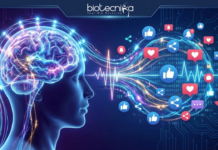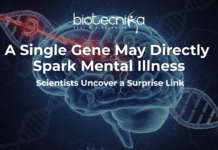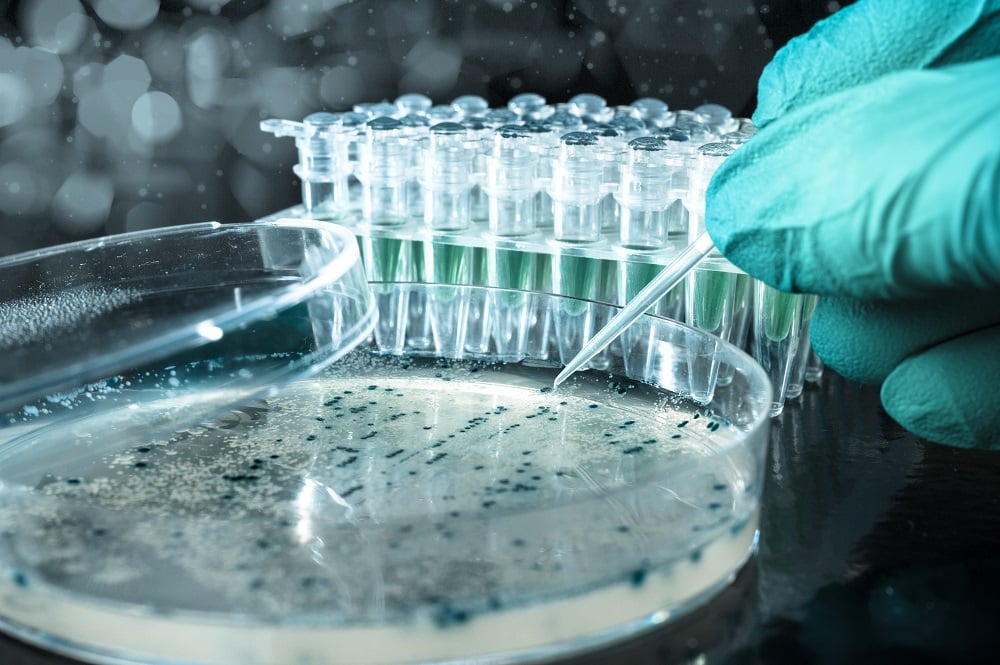Researches Use AI to Quickly and Accurately Identify Bacteria
The mortality rate from bloodstream infections (BSIs) can be up to 40%, and every day’s delay in starting appropriate treatment increases the risk of death, so fast identification of the causative bacteria is critical. Initial diagnosis is based on the Gram stain smear, but human interpretation of Gram-stained slide images is labor and time intensive, and highly operator-dependent.
Further, with consolidation of hospital systems, increasing workloads and potential unavailability of highly trained microbiologists on site, automated image collection paired with computational interpretation of Gram stains to augment and complement manual testing would provide benefit.
Therefore, scientists at the Harvard Medical School and Beth Israel Deaconess Medical Center (BIDMC), have now developed an automated artificial intelligence (AI)-guided microscopy system that can help diagnose serious BSIs quickly and accurately.
A convolutional neural network (CNN), which is a class of artificial intelligence modeled on the mammalian visual cortex and used to analyze visual data, was trained to categorize bacteria based on their shape and distribution.
The scientists fed the neural network over 100,000 images from blood samples, in order to the train the AI system. The machine intelligence learned how to sort the images into the three categories of bacteria; rod-shaped, round clusters, and round chains or pairs; ultimately achieving about 95 percent accuracy, said the researchers.
“This marks the first demonstration of machine learning in the diagnostic area,” said James Kirby, Director at the Clinical Microbiology Laboratory at BIDMC.
Next, the team challenged the algorithm to sort new images from 189 slides without human intervention. Overall, the algorithm achieved more than 93 percent accuracy in all three categories. With further development and training, Kirby and colleagues suggest the AI-enhanced platform could be used as fully automated classification system in the future.
In the meantime, Kirby suggests automated classification can ameliorate the shortage of human technologists by helping them work more efficiently, “conceivably reducing technologist read time from minutes to seconds,” he said.
In addition to its clinical uses, the new tool could also have applications in microbiology training and research, Kirby noted.
“The tool becomes a living data repository as we use it,” he said. “And could be used to train new staff and ensure competency. It can provide unprecedented level of detail as a research tool.”






















